SUMMARY
This is AI generated summarization, which may have errors. For context, always refer to the full article.
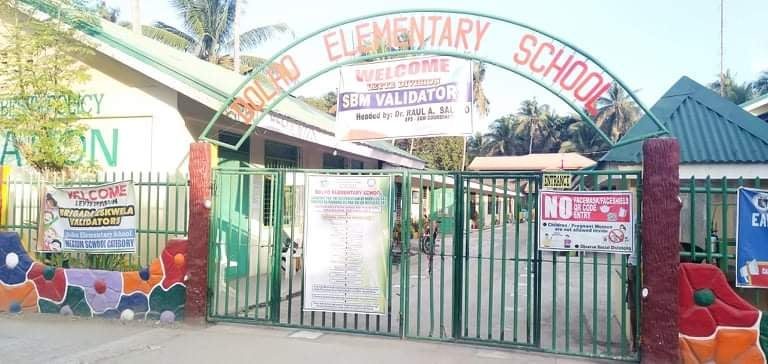
Three public schools in Leyte province are almost set for the country’s pilot in-person classes starting November 15, a Department of Education (DepEd) official here said.
Marvin Nicer, DepEd Division of Leyte Disaster Risk Reduction Management (DRRM) coordinator, told Rappler on Wednesday, October 27, that over the past few weeks, their division had been assisting the schools address their budget concerns for the pilot run.
DepEd earlier identified Palo I Central School in Palo, and Bato Central School and Dolho Elementary School, also in Bato town, from a list of schools that have been approved to conduct limited face-to-face classes.
Schools, Nicer said, faced budget concerns as DepEd and the Department of Heatlh (DOH) required them to prepare respirators, purifiers, and personal protective equipment (PPE).
“DepEd provided surgical masks since the pandemic started. However, what’s being required for the F2F or in-person classes are respirator and N95 masks which the school could buy against their MOOE,” he said.
Nicer told Rappler that they were assisting schools source funding for these supplies from their school maintenance and other operating expenses (MOOE) budget allocation and other sources through the DepEd’s stakeholders.
In DepEd memorandum 2020-0039, schools have been authorized to use their MOOE budget allocation in preparing and responding to the pandemic. “In the normal setting, the school does not include in their MOOE budget the face masks and such, but due to the pandemic they are allowed to purchase said materials,” Nicer said.
“We had a team [that] went to visit the schools and had an ocular inspection of the preparation. So far, there are only little things that we’re going to polish and [the schools] will now be ready for the pilot face-to-face classes,” Nicer said.
Since special education programs are the focus of the pilot run in the province, only 22 students are expected to attend face-to-face classes.
Of the 22, 13 are under Dolho Elementary School’s Indigenous Peoples Education program, 9 are part of Bato Central School’s Arabic Language and Islamic Values Education program, while the remaining 2 are under Palo I Central School’s Special Education Program for Autism, Nicer said.
Nicer also said that most of the teachers in the three schools have been vaccinated. Only teachers who have been vaccinated will directly handle the pilot run and interact with the students, he said.
Nicer also said that schools had to ensure that students observe social distancing in classrooms and other school facilities. Every school, he said, also had to prepare and designate an isolation room.
Although some parents were hesitant about in-person classes, Nicer said they were assured of a safe pilot run.
“[The parents] are really assured that the process is in order. That everything is being monitored and assessed for the safety of the learners,” he said.
He said that the number one requirement for a school to join the pilot face-to-face classes was that it should be in a minimal risk area. The barangay where the school is located should also have no COVID-19 cases for the past 28 days it applied for the government’s School Safety Assessment Tool (SSAT).
Per a 2021 DepEd-DOH joint memorandum, a minimal risk area is defined as: “an area with a two-week growth rate of zero or below and an Average Daily Attack Rate (ADAR) of less than one.”
Rappler sought from DOH Eastern Visayas COVID-19 data of the barangays where the three schools are located, but was told that specific information like this was for internal use only.
Based on DOH’s tracker, Leyte has 693 active COVID-19 cases as of October 26. – Rappler.com
Brynch Bonachita is a Visayas-based journalist and an awardee of the Aries Rufo Journalism Fellowship.
Add a comment
How does this make you feel?
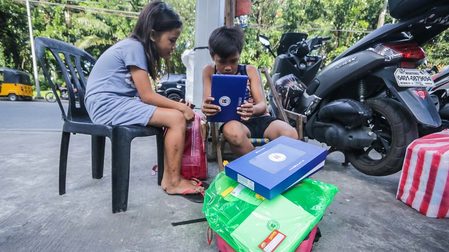
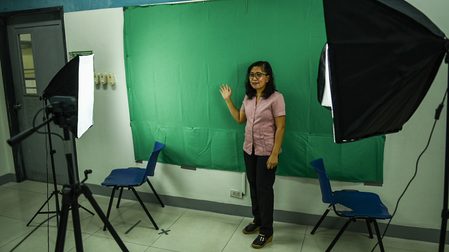


![[Time Trowel] Evolution and the sneakiness of COVID](https://www.rappler.com/tachyon/2024/02/tl-evolution-covid.jpg?resize=257%2C257&crop=455px%2C0px%2C1080px%2C1080px)


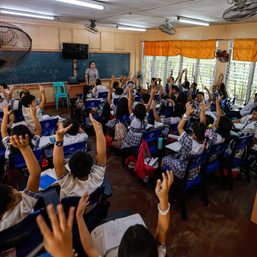
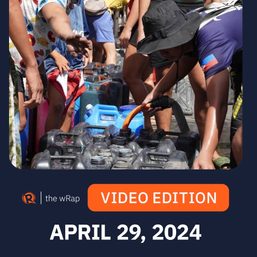
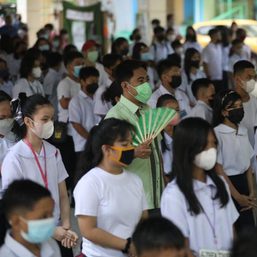
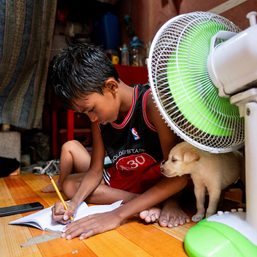
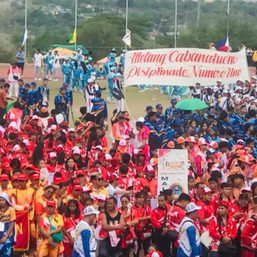
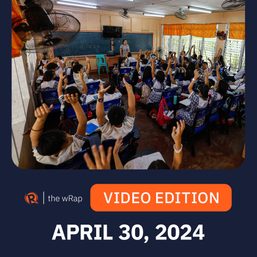
There are no comments yet. Add your comment to start the conversation.